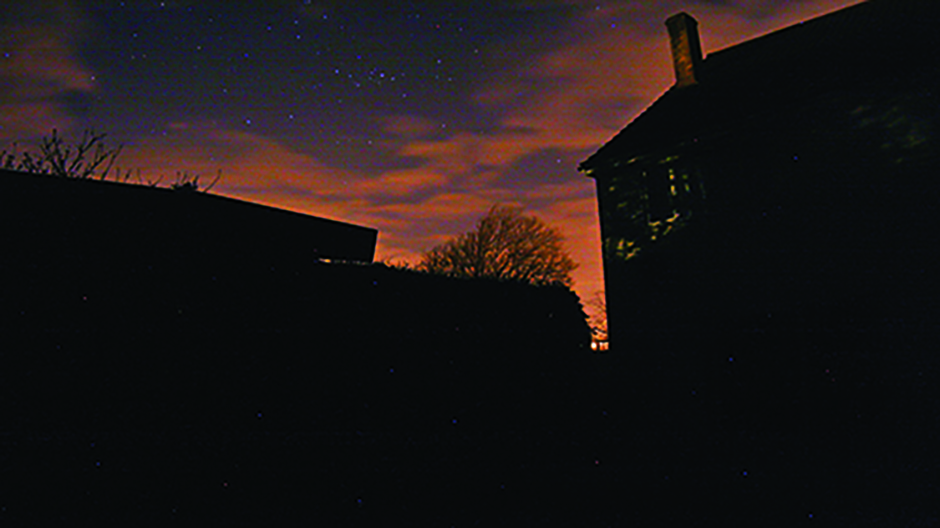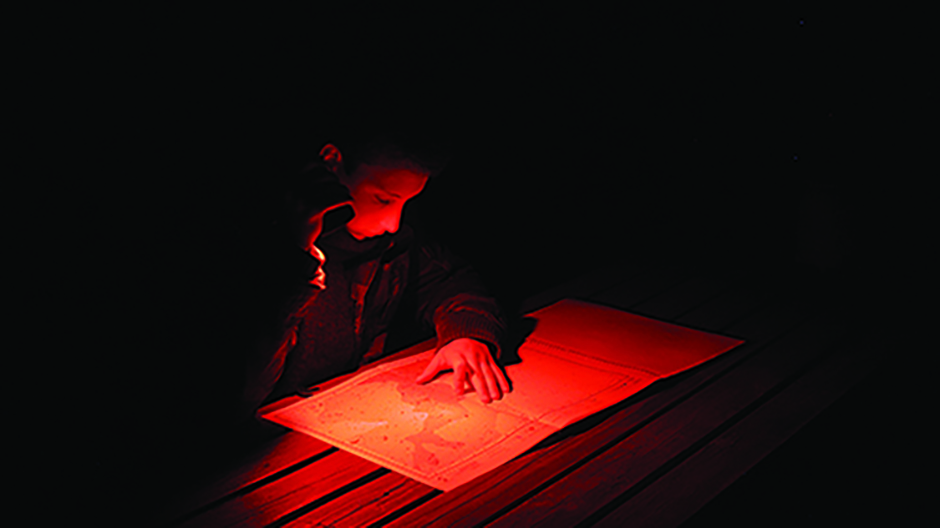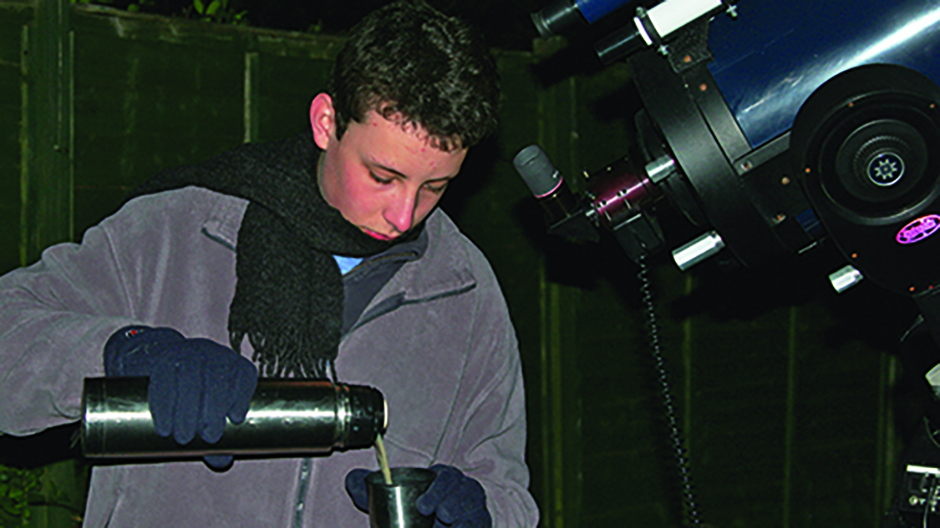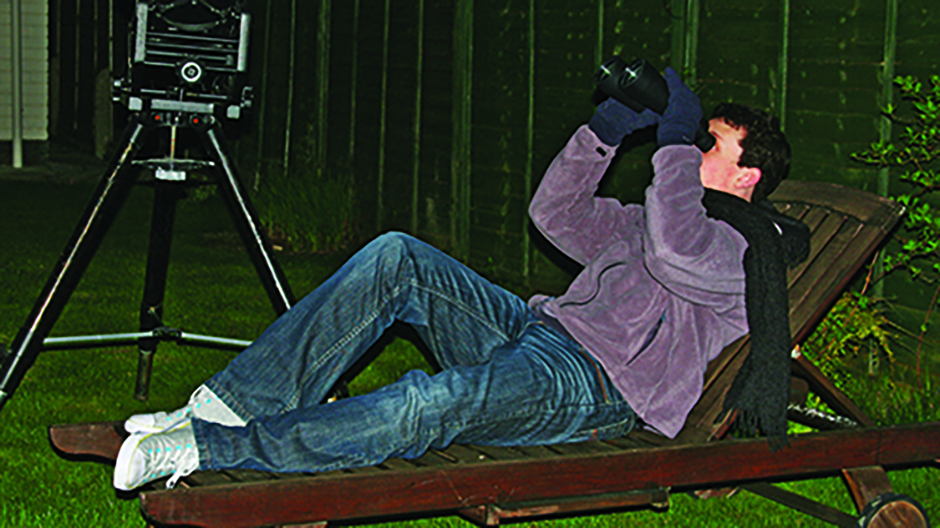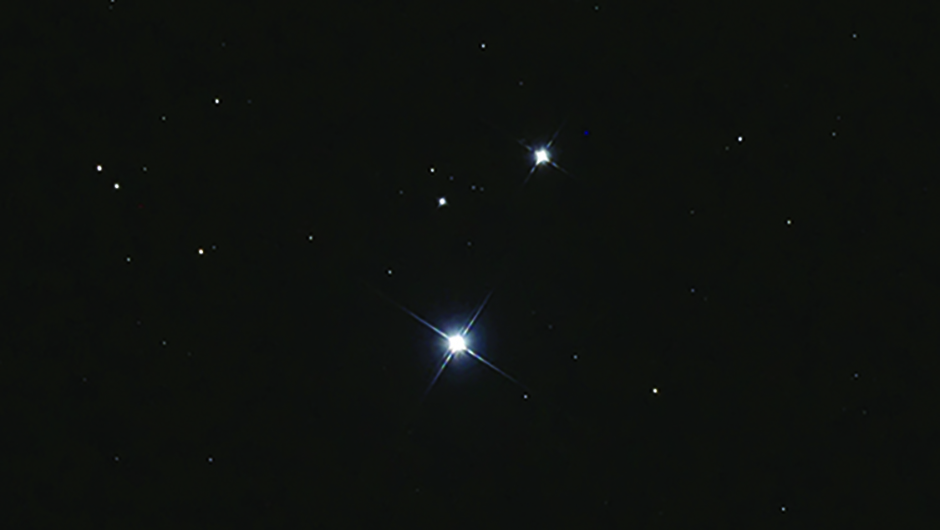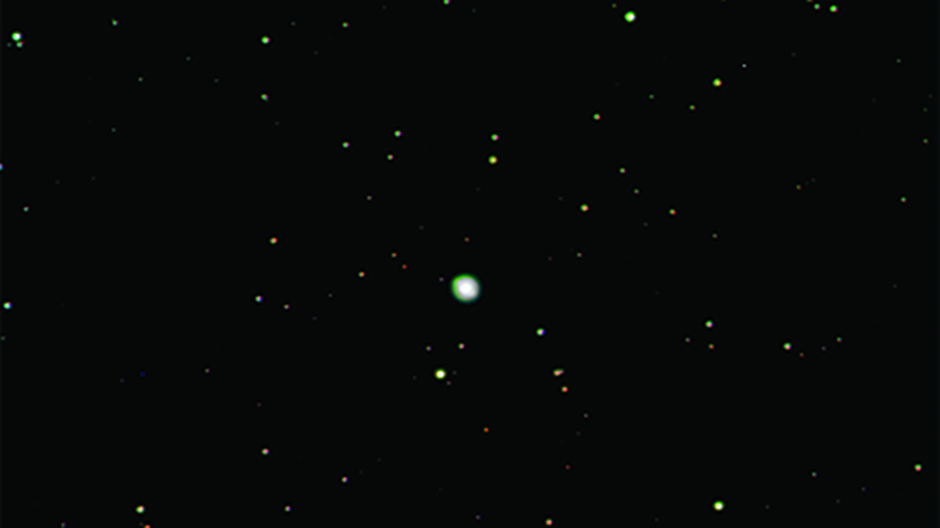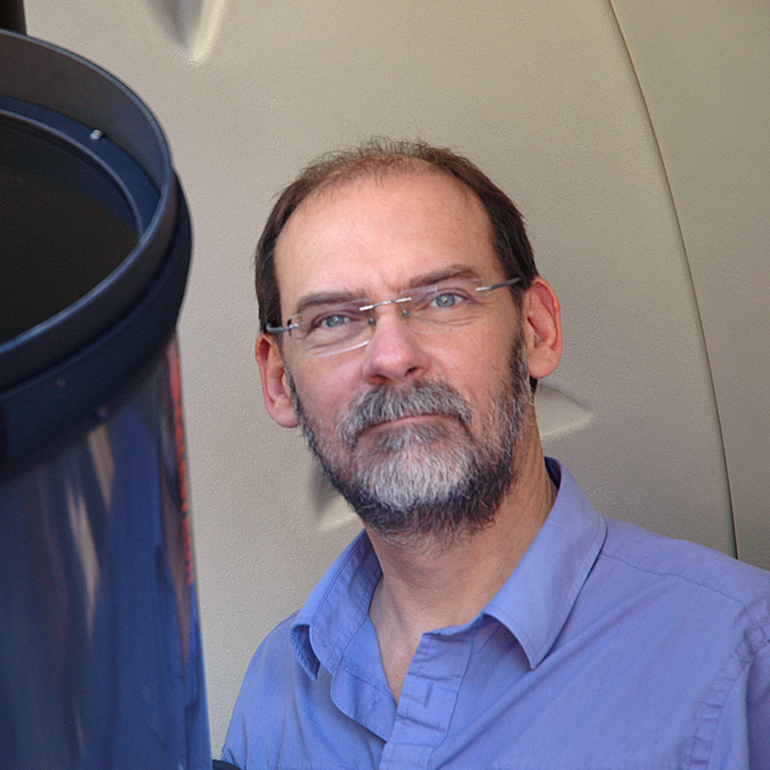We all crave detail when we’re looking at the night sky, whether it’s splitting double stars with the naked eye or spotting detail in planets with a 10-inch telescope.The good news is that there are steps you can take to sharpen your eyesight to help you see more detail in faint objects.
The first of these is simply that the more you observe, the better you can become at seeing faint detail.
They say practice makes perfect, and improving the ability of your eyes to see faint detail is no exception to this rule.
The more time you spend looking through binoculars or a telescope, the more it will help train your eyes and brain to identify the faint photons that have travelled all that way through space to reach your retinae.
Exercise your eyesight during the day by picking out detail in distant objects: count the number of branches on a distant tree, for example.
And when you’re observing, make sketches of what you see to help the brain remember the patterns of faint light.
What you'll need
Dark site - Shield your observing position from bright lights by positioning yourself well and putting up fence panels.
Red torch - When out observing, always use a red light torch to preserve your eyes’ dark adaptation.
Star charts - A star atlas will help you find suitable targets on which to test your averted vision and sharpness of eyesight.
Telescope - Maximise your sharpness of vision with clean and accurately collimated optics.
Weather forecasts - Check the Met Office’s satellite pictures for clear nights, which often occur when a cold front moves down the country.
Vitamin A - Also known as retinol, this aids vision in dim light. Rich sources include cheese, eggs, oily fish and liver.
Look away
Averted vision – looking at objects out of the corner of your eye – is another key skill that will reveal faint detail.
Doing this causes light to fall on a part of your retina that is packed with detectors, making it about four astronomical magnitudes more sensitive than the central part.
To get to this sensitive area, put the object you’re looking at about 12° away from the eye’s centre, and nearer to your nose than the side of your face in the field of view.
This will avoid the blind spot that our eyes have where the optic nerve leaves the retina.
The human eye is also sensitive to movement, so introducing motion into a static view can make undetectable objects visible.
Try scanning your eye across the field of view, or giving your telescope a gentle tap with a finger to make it vibrate.
It takes about 40 minutes for eyes to adapt fully to low-light conditions. After this time, the pupils are dilated to their maximum diameter, and the amount of a light-sensitive chemical in the retina called rhodopsin increases.
It’s important to preserve your ‘dark adaptation’, so avoid exposing your eyes to bright lights.
If you have to go indoors, wear sunglasses or the red goggles available from astronomy shops specifically for this purpose.
Your general health and level of alertness also has a bearing on how sharp your eyesight will be.
If you’re tired or under the weather, your eyes will be less keen.
Watch what you drink, too: alcohol, tea and coffee all have diuretic effects, removing water and nutrients from the body and the eyes, which dims vision.
For a warming beverage, try hot soup.
Get comfortable and relaxed, too: this will give your brain the chance to concentrate on the information it is receiving from the eyes without distraction.
If you’re using binoculars, try a sunlounger.
An observing chair or stool can help you relax at the eyepiece.
Target practice
A good way of testing and enhancing the keenness of your eyes is by observing double stars.
The pair Mizar and Alcor in the Plough is a good target for a naked-eye test. Omicron1 Cygni and 30 Cygni in Cygnus, separated by just 5.5 arcminutes, is much tougher.
For binoculars and 4- to 6-inch telescopes, try Epsilon Lyrae, the Double Double.
With binoculars it is easy to make out two components to this star, but in fact each of these is a double star, itself.
It is a good test of your eyesight (and your telescope) to see how many of these four components you can make out.
Bear in mind that with all of these tests, you stand the best chance under clear skies where there is no moonlight to interfere.
Real improvements in the sharpness of your vision can be made and, if you keep a log of your observations, you’ll be surprised by how much more detail you’ll be able to make out after six to eight months training your vision.
